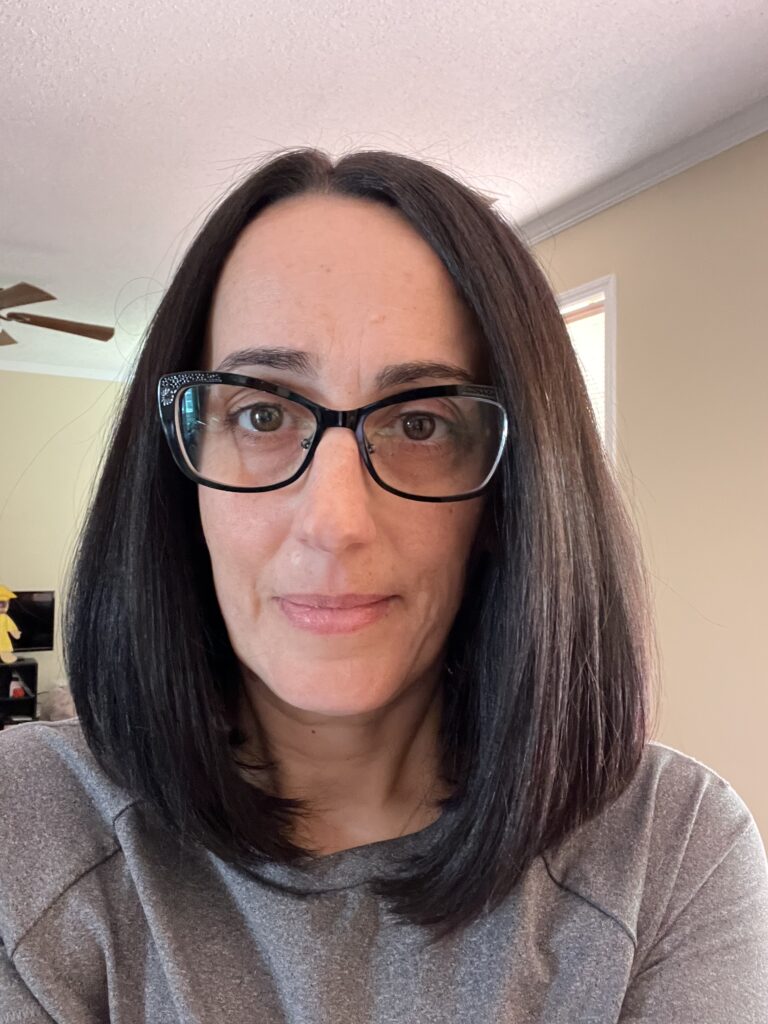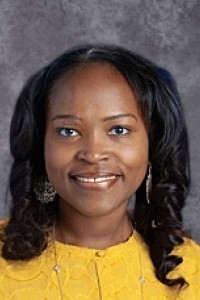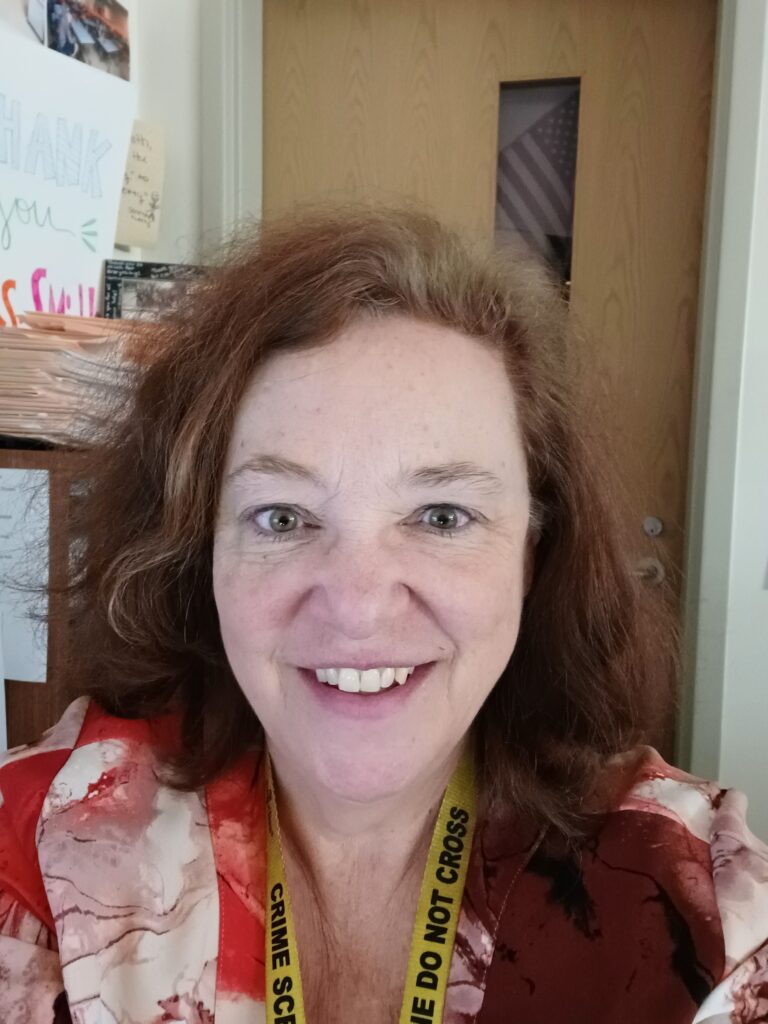Susan Trammell, Ph.D., Physics and Optical Science, UNC Charlotte
Have you ever wondered why the sky looks blue or how a rainbow is formed? Do you want to know how a microwave oven uses light to pop your popcorn? Are you curious about how light signals enable your high-speed internet connection? Then, this is the seminar for you!
The goal of this seminar is to provide a basic understanding of light and to explore how we use light in our everyday lives. We will start with an introduction to the description of light as a wave. We will then explore how light carries energy, interacts with materials and why it is sometimes easier to think about light as a particle. After this introduction we will explore phenomena in our everyday lives like rainbows, fabric dyes and more that can be understood as interactions of light and matter. We will take this a step further and explore how light is used as a tool in our everyday lives – laser scanners at the grocery store & optical fibers used in high-speed internet connections. We will also discuss how light is used as a tool in science by studying instruments like telescopes and microscopes. The Sun is our most important light source. We will explore how we can harness solar energy and how the interaction of sunlight and materials in our atmosphere lead to the greenhouse effect. We often think about light as what we see with our eyes, but there are many other types of light that human eyes cannot detect like x-rays and microwaves. We will investigate these other types of light and how we use them in science and in our everyday lives. Throughout this seminar will conduct hands-on experiments that will help us understand light and the applications that we study. This seminar is appropriate for all teachers in grades K-12.

Caroline Bonnassoille, 2nd Grade, S.A.I.L. 
Dalton Cooper, Math, East Mecklenburg High 
Debbie Gresham, Dance, Bradley Middle 
Genitia Johnson, 1st Grade, Huntingtowne Farms Elementary 
Vashti Mosby, Science, Northridge Middle 
Bethany Wilson, Chemistry, Harding University High 
Jackie Smith, Science, Hough High 
Seon Sloley, Science, Parker Academic Center 
Mel Pemberson, English Learners, Olympic High 
Beth Kerr, 1st Grade, Bain Elementary 
Karyn Hays, 3rd Grade, Davidson K-8










 Home
Home